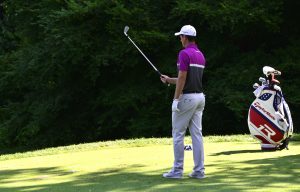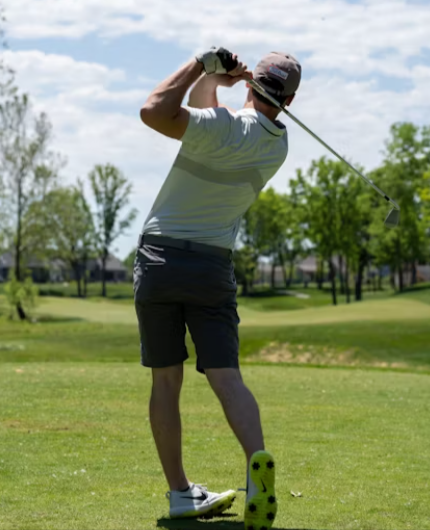In various sports, the difference between victory and defeat often boils down to consistency and precision. Whether you’re an aspiring golfer, a seasoned tennis player, or an archer, having a reliable pre-shot routine is critical for optimizing performance. Yet, how do you develop such a routine that enhances your skills and aligns with your unique style? This article delves into the crafting of a pre-shot routine, offering valuable insights into its psychological and practical benefits.
Understanding the Importance of a Pre-shot Routine
Having a pre-shot routine is like possessing a secret weapon in your athletic arsenal. It serves as a mental and physical preparatory process, ensuring you remain focused and composed before executing a shot. But what makes a routine so indispensable, and how does it foster consistency?
The Psychological Benefits
A pre-shot routine acts as a mental anchor. It creates a familiar environment that helps mitigate the anxiety and psychological pressures commonly experienced during competitive play. When you repeat specific actions before a shot, your brain enters a state of ‘quiet eye’—a moment of intensely focused concentration that can enhance precision. This cognitive pattern helps you block out distractions, allowing for optimal performance.
The Physical Benefits
On the physical side, a pre-shot routine enhances muscle memory. When you consistently repeat a sequence of actions, your body becomes accustomed to these movements, reducing the likelihood of errors. For instance, a golfer’s swing benefits from a consistent setup, aligning the body in an optimal stance reduces variability and increases accuracy.
Elements of a Successful Pre-shot Routine
A pre-shot routine is not a rigid formula but rather a personalized sequence tailored to suit your needs. There are, however, common elements shared across effective routines.
Visualization Techniques
Visualization is a crucial component of any pre-shot routine. It involves mentally rehearsing the shot, visualizing not just the trajectory, but also the desired outcome. Whether you are imagining a basketball swishing through the net or a tennis ball kissing the line, visualization helps you align your thoughts with the intended physical action.
Breathing Exercises
Incorporating controlled breathing into your routine can significantly reduce tension and promote focus. Consistent, deep breaths help calm the mind and steady the hands, providing a momentary reset that can be the difference between a well-executed shot and a fumbling attempt.
Physical Positioning
Setting up in a consistent physical stance is often overlooked but immensely crucial. Ensuring proper footing, grip, or alignment forms the foundation for successful execution. This consistency in setup aids in reducing variability from shot to shot, leading to more reliable performance.
Mental Triggers
Lastly, mental triggers are small cues used to shift your focus back to the task at hand, diverting any wandering thoughts. A trigger might be a subtle reminder or mantra you repeat to yourself to foster concentration and wipe clean any distraction.

Crafting Your Unique Routine
Now that you understand the building blocks of a successful pre-shot routine, how do you create one tailored specifically for you? Here’s a step-by-step guide to developing your practice.
Assessing Your Current State
Before constructing a routine, it’s beneficial to assess your current state. Reflect on moments when you performed exceptionally well, and consider what factors contributed to these successes. Was it a particular mindset, environment, or sequence of actions? Alternatively, think of instances where you fell short, identifying the disruptions that led to inconsistent performance.
Setting Goals
Having clear goals can guide the formation of your routine. Are you aiming for improved accuracy, greater consistency, or a calmer mindset under pressure? Establishing specific objectives will help you tailor components that serve your purpose and style. For example, if reducing nervousness is a primary goal, integrating breathing exercises into your routine may prove beneficial.
Experimentation and Adjustment
Your first iteration of a pre-shot routine need not be your last. In fact, it shouldn’t be. Consider it a prototype. Experiment with different elements, perhaps adjusting the order or the specifics of each step. Keep a journal to note any changes in your performance that coincide with changes in your routine.
Practicing Consistency
Once you settle on a sequence that feels optimal, consistency becomes key. Practice your routine religiously during training sessions; in time, its naturalness will translate to competitive settings. Consistent rehearsal aligns both the body and mind, creating a seamless transition between practice and performance.
Challenges and Solutions in Developing a Routine
Creating and adhering to a pre-shot routine is not without its challenges. Understanding potential obstacles and exploring solutions will better prepare you for this endeavor.
Overcoming Inertia
One common barrier is inertia. Changing or establishing new habits requires effort and persistence. Committing to small, incremental changes is a more manageable approach than attempting a complete overhaul overnight.
Preventing Stagnation
Another challenge is the risk of stagnation. While consistency is crucial, it is equally important to avoid monotony. Regularly review your routine to ensure it remains engaging and effective.
Adapting to Competitive Pressure
In a competitive environment, you may be tempted to skip or rush through your routine. Discipline is necessary here; maintaining your practice will lead to better, more consistent results. Remind yourself of past experiences where adherence to your routine yielded positive outcomes.
Practical Applications Across Sports
The universality of a pre-shot routine is one of its most appealing aspects. Though it might differ in specifics, the basic elements can be applied across a wide range of sports.
Golf
In golf, a pre-shot routine assists in focusing on the shot at hand, instead of being daunted by an entire round. From choosing the right club to aligning your stance and grip, each step sets the stage for a deliberate swing.
Tennis
For tennis players, the pre-shot routine might involve bouncing the ball while mentally rehearsing the serve’s intended placement. This helps synchronize the mind and body, reducing the likelihood of an errant serve.
Archery
Archers rely heavily on routine, from positioning their feet to anchoring the bowstring to their cheek. Each meticulous action, when consistently applied, contributes to the precision required to hit the target.
Evaluating the Effectiveness of Your Routine
It is essential to regularly evaluate your pre-shot routine to ensure its continued efficacy. Use both qualitative and quantitative measures to assess its impact on performance.
Performance Metrics
Track key performance indicators, such as accuracy, consistency, and mental focus under pressure. By analyzing improvements or declines in these areas, you can ascertain whether your routine enhances or hampers your skill set.
| Metric | Before Routine (avg) | After Routine (avg) |
|---|---|---|
| Accuracy | 70% | 85% |
| Consistency | Moderate | High |
| Mental Focus | Varied | Steady |
Feedback and Adjustment
Seek feedback from coaches or peers who can provide external perspectives on your routine’s effectiveness. Use this input to make informed adjustments, fine-tuning your practice to better suit your evolving needs.
Conclusion
Developing a pre-shot routine is a journey of self-discovery and refinement. It demands introspection, experimentation, and perseverance, but the rewards are substantial. By incorporating visualization, breathing techniques, physical positioning, and mental triggers into a cohesive routine, you can improve both consistency and performance in your preferred sport. Commit to your routine, adjust as necessary, and witness the transformation in both your mindset and proficiency. In this pursuit of precision, the pre-shot routine emerges not merely as a mechanism but as a vital aspect of your athletic identity.

Ed Baucom is a passionate and dedicated golfer with years of experience both on and off the course. Known for his insightfulness and attention to detail, Ed brings a wealth of knowledge to the golfing community, particularly through his reviews for Golf Aid Advisor. His expertise in evaluating golfing equipment, training aids, and techniques has made him a trusted voice for golfers seeking to improve their game. Whether testing the latest clubs or offering advice on swing mechanics, Ed’s thoughtful and practical assessments help players of all skill levels enhance their performance.

